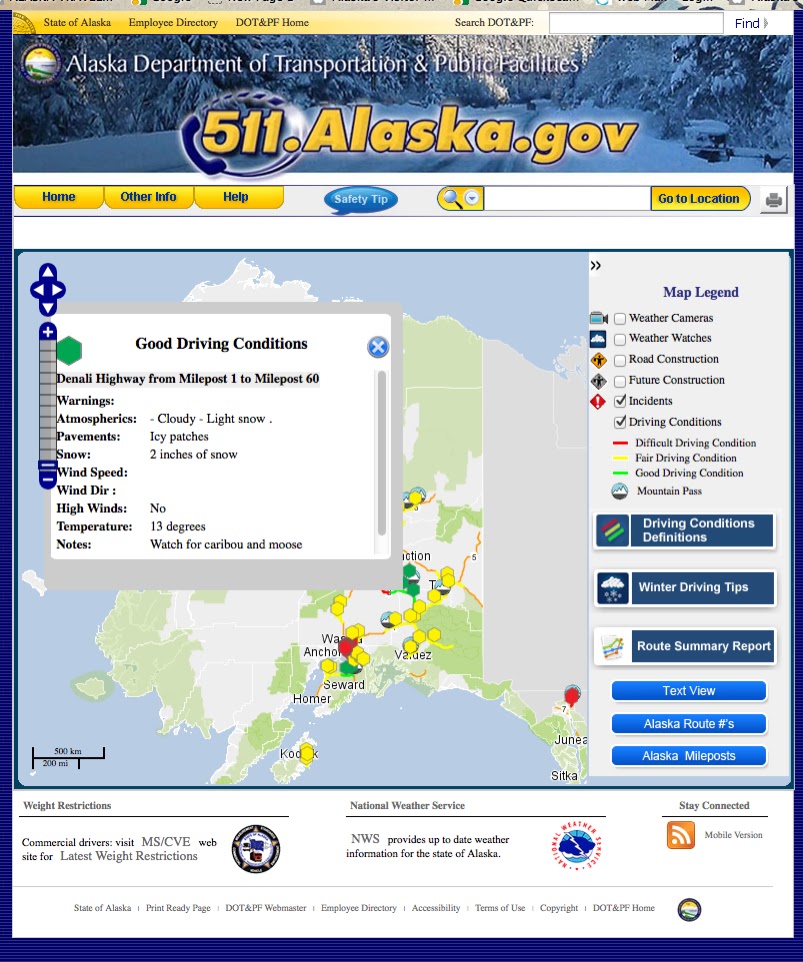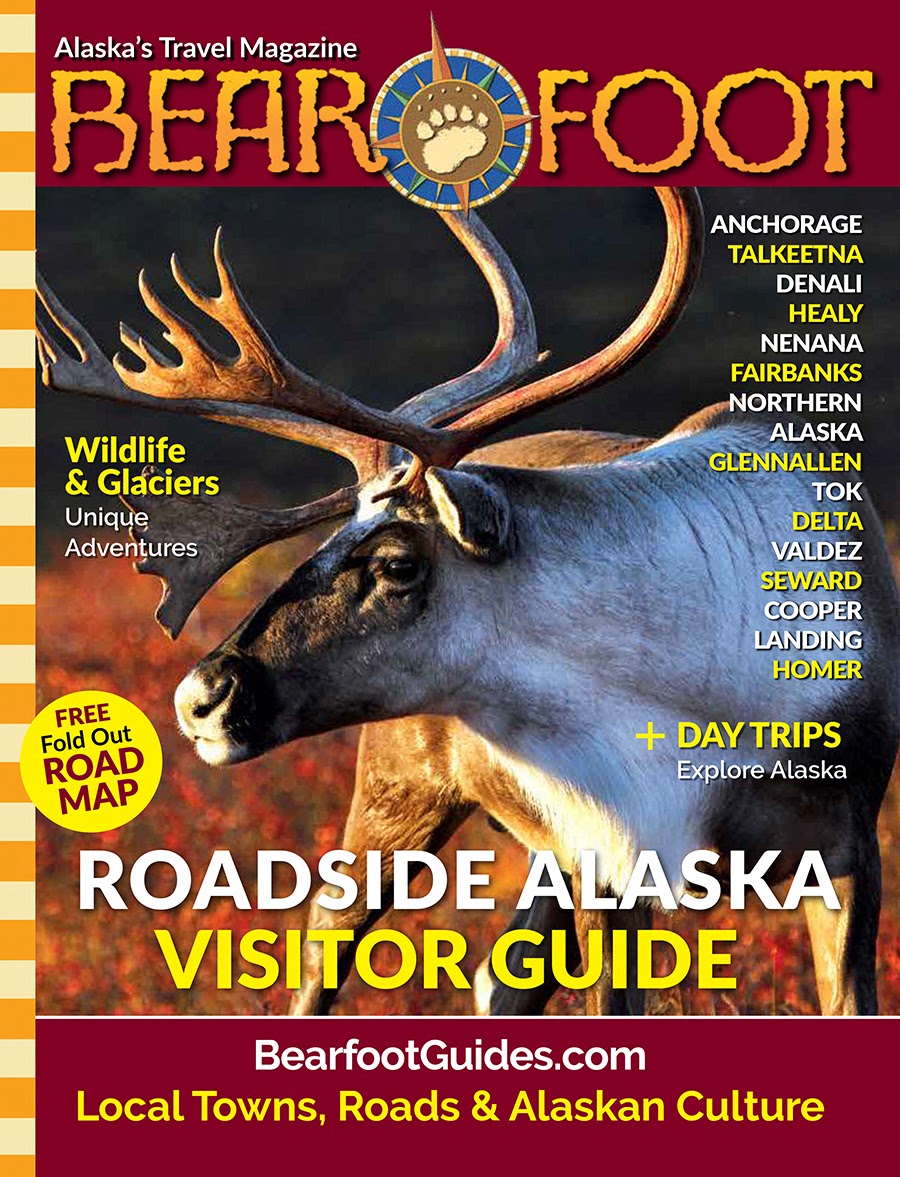Cold Times: Burlap Bags, Tin Cans, Oakum, Moss... They Used Whatever Worked To Chink The Cabin
Keeping The Alaska Log Cabin Warm In Desperately Cold Times. Copper River Country Journal Dried mud doubles as "sod" on the roo...
https://www.countryjournal2020.com/2025/10/burlap-tin-cans-socks-tin-cans-moss.html
Keeping The Alaska Log Cabin Warm In Desperately Cold Times.
Copper River Country Journal
 |
| Dried mud doubles as "sod" on the roof of a log cabin in Chicken, Alaska. |
Historic Background: Cabins Were Chinked By Grabbing Whatever Was Available – Newspapers, Socks, Rope, Moss, Burlap Sacks...
The Alaskan cabin is made of logs -- irregular, tapering logs. Between those logs there are cracks. And, in a place where the winter temperatures easily dip to Minus 20, and often to Minus 40 and below, the gaps left between the logs are dangerously unbearable sources of incoming cold."Chinking" is the process of putting something between the cracks.
 |
| Burlap sacks, the print still clearly visible, jammed between logs at a Fairbanks cabin. |
But sphagnum moss eventually aged, and fell out, and when it did, the cabin's inhabitants would just grab whatever was available, and jam it into the cracks, in desperation.
 | |
| Cabin chinked with newspapers and hanks of oakum in Fairbanks. Normally the oakum is separated into neat strings. |
 |
| Moss & dirt chinked the logs at the Black Rapids Roadhouse on the Richardson Highway, south of Delta Junction. |
To hold the burlap, paper, or moss in place, cabin owners frequently put saplings or strips of wood over the cracks, on top of the chinking. In Copper Center, there's a log cabin with a variant of that process. Cut-up pieces of old Blazo cans were used on an outbuilding to secure the chinking.
 |
| Strips of cut-up Blazo fuel cans hold chinking down at an old Copper Center log cabin. |
Because hot air rises, it was important for the roof to be insulated. This wasn't always possible. The photo at the very top of this page shows a cabin in Chicken, Alaska. It's covered with saplings, which are topped with dried mud, thrown by the shovel and bucketful, onto the rooftop to provide some sort of insulation. It wasn't much. Insulating qualities are measured by something called the "R-value." Fiberglas insulation has an R-value of around 4. Foam spray can go up to 8. But ordinary dirt has an R-value of only around 0.25.
Of course, people often call this type of cabin roof insulation "sod"-- reminiscent of prairie sod, out in the balmy western states. Prairie sod was made of thick mats of vegetation. But the soil in Interior Alaska is practically sterile, and devoid of vegetation. It was just mud. And this was a mud-covered roof. Plain and simple.
 |
| Cement chinking in Willow, Alaska. |
At left, this cabin is built of cordwood that has been stacked and surrounded by cement to hold it together. This is a highly unusual way of building in Alaska, and is the only one we've seen like this.
Cement chinking is common in the Lower 48 States. Although cordwood homes probably aren't. This type of cordwood cabin stems from the 1970's, and the "back-to-land" movement where people built their homes in a creative manner -- using cordwood, bottles, or tin cans.
Cement chinking is pretty common in old log cabins in places like Ohio -- where the cracks between the logs were huge, sometimes as large as the logs themselves. In Alaska, though, with its extremely cold weather, tight-fitting logs are considered a virtue. And cement has no real R-value as insulation. We've never seen a cabin with horizontal logs and cement chinking in Alaska.
 |
| Burlap sack chinking in Talkeetna. |
















